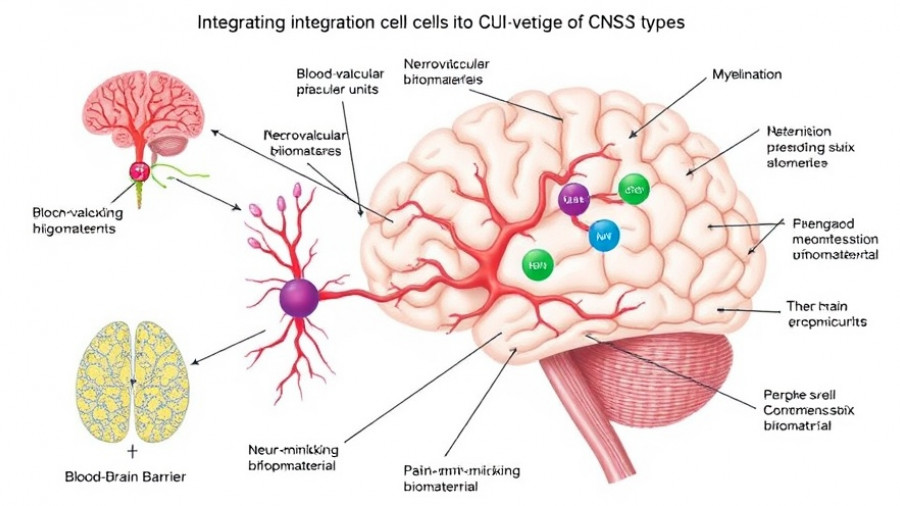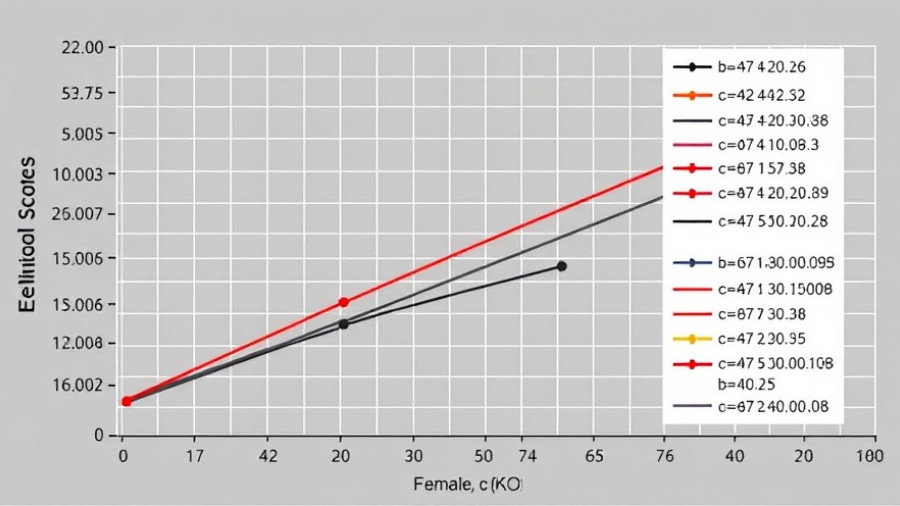
Tiny Brain Organoids Offer New Hope for Alzheimer’s Research
Exciting breakthroughs in the field of Alzheimer's disease research are emerging from innovative techniques involving brain organoids. These miniature, lab-grown brain models, known as miBrains, are paving the way for advanced studies on neurodegenerative disorders by mimicking the essential cell types found in human brains.
Understanding Brain Organoids
Brain organoids are created from induced pluripotent stem cells (iPSCs), which are reprogrammed from patients' own cells. This methodology allows scientists to replicate major brain cell types, including neurons, astrocytes, and microglia. By placing these cells within a hydrogel environment called Neuromatrix, researchers can replicate the natural conditions that cells need to thrive, closely resembling the human brain's microenvironment.
Key Findings on Alzheimer’s Disease
A recent study highlighted the potential of miBrains in Alzheimer’s research. These organoids display characteristics common in Alzheimer’s patients, such as increased amyloid plaques and tau phosphorylation. Notably, the presence of the APOE4 allele, a significant genetic factor linked to late-onset Alzheimer’s, was manipulated in the organoids to observe disease progression and mechanisms.
Advancements Over Traditional Models
Historically, animal models have been used to study Alzheimer’s but often fall short in replicating the disease's complexities in humans. Organ models, such as miBrains, overcome these challenges by providing a more accurate platform for testing drug reactions and understanding disease pathology. Research has shown that these organoids respond similarly to actual human neurons when exposed to known Alzheimer’s treatments, marking a significant step in neurodegeneration research.
Potential for Future Treatments
With miBrains leading the way, researchers now have the opportunity to explore how genetic variations, like those present in Alzheimer’s patients, influence cellular responses. This could eventually lead to targeted therapies that could mitigate or even reverse the symptoms of Alzheimer's disease. By conducting experiments that modify gene expression in these organoids, researchers are uncovering how these changes may trigger or prevent pathological processes.
Why This Matters
The development of brain organoids offers immense hope not only for Alzheimer’s research but also for broader longevity and anti-aging studies. Understanding the cellular processes within these organoids is key to unlocking insights into longevity and healthier aging, emphasizing the connection between brain health and overall vitality.
Understanding these cutting-edge discoveries is essential for health-conscious individuals aged 30–55. As we embrace innovative approaches in understanding and potentially combating age-related diseases like Alzheimer’s, we empower ourselves with knowledge that cultivates longevity and wellness. Stay informed about the latest in longevity science news and anti-aging innovations to enhance your healthspan.
 Add Row
Add Row  Add
Add 




Write A Comment